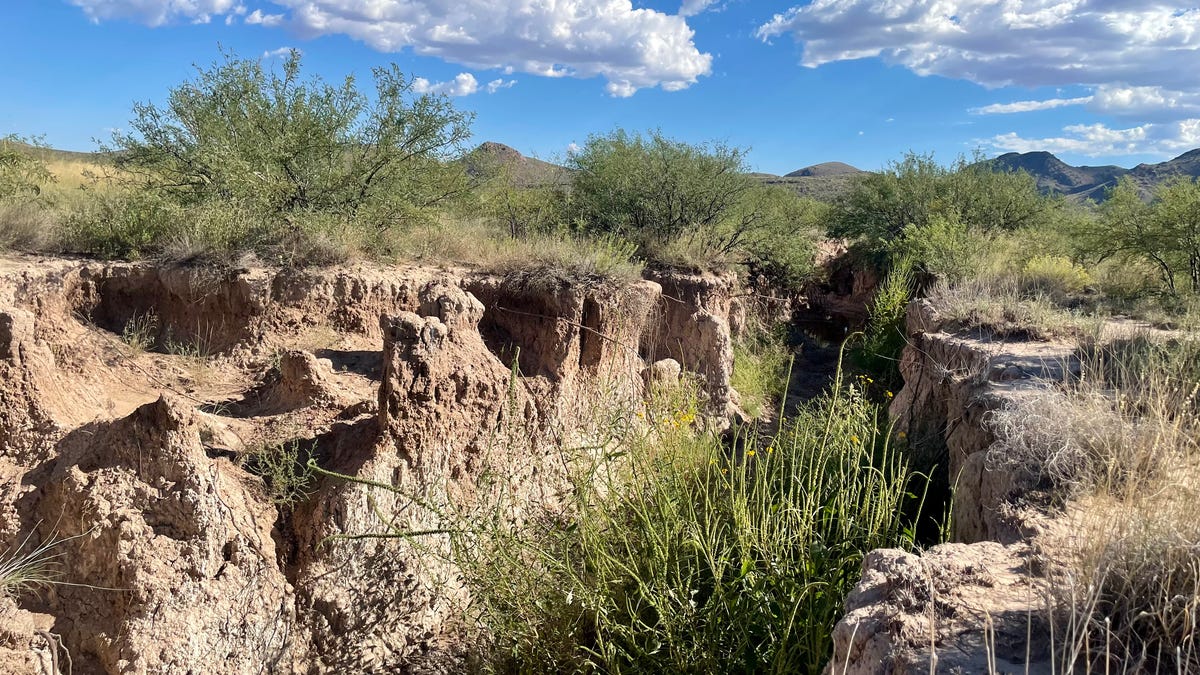The pace at which Montana coal production is declining continues to slow as the economy recovers from the slump induced by the first year of the COVID-19 pandemic.
Coal production for 12 months ending in March totaled 28.1 million tons, down about 871,000 tons for the same period a year earlier. The tonnage is reported to the Mine Safety and Health Administration.
Montana ranks a distant sixth nationally for coal production. Wyoming is the top producer with about 238.7 million tons in 2021, the most current numbers available from the U.S. Energy Information Administration.
Coal has been on a steady decline for a decade with a couple seismic plunges along the way. One of the steepest declines was in the first four quarters of the COVID-19 pandemic. Montana coal mines shed 8.1 million tons of production as industrial demand in the Midwest crashed in 2020 and early 2021.
People are also reading…
At Colstrip Power Plant, a concern about illness in the spring of 2020 sparked a months-long delay in a scheduled overhaul. As a result, there was a steep drop in net electricity generated. Decker Mine closed at the end of 2020. A new owner never materialized for Decker.
Westmoreland Mining Holdings, owner of Rosebud and Absaloka mines, announced Monday that it has restructured its debt and was preparing to launch a spinoff company focused on renewables and remediation at its New Mexico property, while in Canada mining humalite, a lignite-like substance rich in carbon that can be used as a fertilizer. Westmoreland is putting $25 million into the spinoff, known as WestMet, over the next 18 months.
There will be no changes on the ground at Westmoreland’s Montana properties, said Jon Heroux, the company’s corporate counsel for external affairs, but the company is in better financial shape because of the restructuring.
Rosebud mine, which services Colstrip, produced slightly less coal in the first quarter of 2023 when compared to the same period a year earlier, but year- over-year production at the mine was up about 300,000 tones, or 6.9 million tons for the 12 months ending in March. There was a time when Rosebud turned out about 12.6 million tons a year in the 2000s to feed Colstrip.
Absaloka mine, with mineral rights owned by the Crow Tribe of Indians, produced 2.1 million tons of coal for the 12 months ending in March. Like Rosebud, the Absaloka mine’s best production years were in the 2000s when it produced as much as 7 million tons annually.
Absaloka fuels the Sherburne County Generating Station in Becker, Minnesota. SHERCO as the power plant is known, will retire one of its 680-megawatt coal-fired units later this year, to be followed by a twin unit in 2026 and a 500 MW unit in 2030 according to utility documents. Owner Xcel Energy intends to build a 710 MW solar array at the SHERCO site. Xcel has abandoned plans to replace the coal-fired power plant with one that burns natural gas.
The biggest decline in coal production is at Spring Creek mine. Owned by the Navajo Transition Energy Company, the mine produced 1.9 million fewer tons in the 12 months ending in March than it did during the same period a year earlier. Spring Creek is still Montana’s most productive coal mine, producing 11.3 million tons in the latest period. The mine’s best years were between 2008 and 2015 when it produced 16 to 19 million tons a year.
The Bull Mountains mine is having its best production year since 2014. Coal production for 12 months ending in March was 7.6 million tons, up about 235,000 tons from the same period a last year. Most of the mine’s coal is exported to the Asian Pacific, though Signal Peak Energy does sell coal to Trident Cement Plant, owned by GCC.












































































































































/cdn.vox-cdn.com/uploads/chorus_asset/file/25789444/1258459915.jpg)

/cdn.vox-cdn.com/uploads/chorus_asset/file/25546252/STK169_Mark_Zuckerburg_CVIRGINIA_D.jpg)

/cdn.vox-cdn.com/uploads/chorus_asset/file/23951353/STK043_VRG_Illo_N_Barclay_3_Meta.jpg)
/cdn.vox-cdn.com/uploads/chorus_asset/file/24924653/236780_Google_AntiTrust_Trial_Custom_Art_CVirginia__0003_1.png)